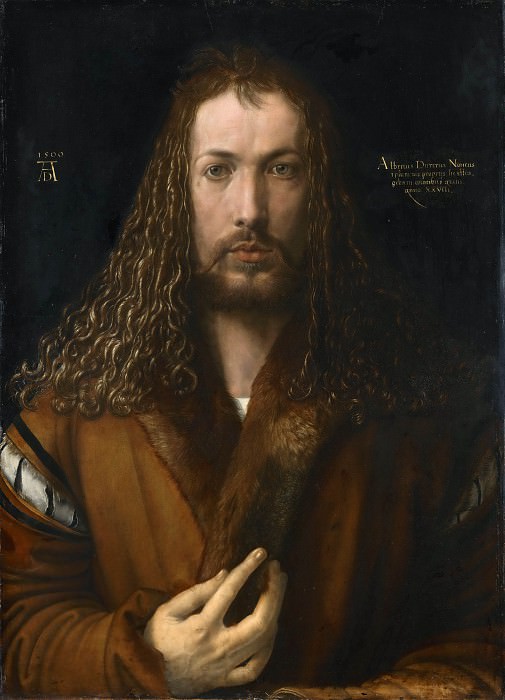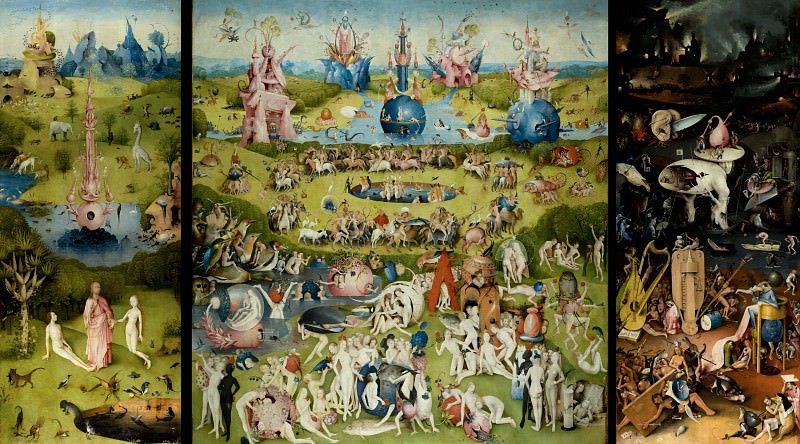The Visionary World of Francis Bacon's Art
Francis Bacon, a towering figure in 20th-century art, created works that continue to captivate, disturb, and inspire audiences worldwide. His paintings, characterized by their raw intensity and visceral emotion, delve deep into the human condition, exploring themes of suffering, existence, and mortality. Bacon's distinctive style and profound impact on contemporary art make his work a subject of enduring fascination.
Early Influences and Artistic Beginnings
Born in Dublin in 1909, Francis Bacon was exposed to a tumultuous and unconventional upbringing that shaped his artistic vision. His early years were marked by conflict and displacement, experiences that would later permeate his work. Bacon's initial foray into the art world was as a self-taught painter, influenced by a wide array of sources, from classical art to modernist movements.
Bacon's early paintings were influenced by the Surrealists and the European avant-garde. However, it was not until the 1940s that he developed his signature style. His breakthrough came with "Three Studies for Figures at the Base of a Crucifixion" (1944), a triptych that marked the beginning of his exploration into the grotesque and the macabre.
The Evolution of Style and Technique
Throughout his career, Bacon's style evolved significantly, reflecting his continual experimentation and refinement. His paintings often feature distorted and contorted figures set against stark, sometimes abstract backgrounds. This juxtaposition of the human form and unsettling environments creates a sense of unease and tension, compelling viewers to confront the darker aspects of human nature.
Bacon's technique was equally innovative. He frequently used unconventional materials and methods, such as applying paint with rags and brushes, and incorporating photographic and cinematic influences into his compositions. This approach allowed him to achieve a sense of immediacy and dynamism in his work, capturing the fleeting and ephemeral nature of existence.
Themes of Suffering and Mortality
A central theme in Bacon's work is the exploration of human suffering and mortality. His paintings often depict figures in states of anguish, despair, or decay, reflecting his fascination with the fragility and impermanence of life. Bacon's imagery is both haunting and compelling, inviting viewers to confront their own fears and anxieties.
One of the most iconic examples of this is his "Study after Velázquez's Portrait of Pope Innocent X" (1953), where Bacon reinterprets the classical portrait with a sense of horror and existential dread. The screaming pope, shrouded in darkness and encased in a cage-like structure, epitomizes Bacon's ability to evoke powerful emotional responses through his art.
Portraits and the Human Form
Bacon's portraits are among his most celebrated works, capturing the essence of his subjects with an unflinching gaze. His approach to portraiture was unconventional, often distorting and abstracting the human form to convey deeper psychological and emotional truths. Bacon believed that true likeness could be achieved through distortion, revealing the inner reality of his subjects.
His portraits of friends and lovers, such as George Dyer and Lucian Freud, are particularly notable for their intensity and intimacy. These works go beyond mere representation, delving into the complex and often troubled relationships that defined Bacon's personal life. The raw and visceral quality of these portraits underscores Bacon's belief in the power of art to convey the human experience in its most unfiltered form.
Influence of Literature and Philosophy
Bacon's art was profoundly influenced by literature and philosophy, drawing inspiration from writers and thinkers who explored themes of existentialism and the human condition. The works of T.S. Eliot, Friedrich Nietzsche, and Aeschylus, among others, resonated deeply with Bacon, informing his artistic vision and thematic preoccupations.
The sense of existential angst and the search for meaning in a seemingly indifferent universe are recurrent motifs in Bacon's paintings. His art reflects a profound engagement with the complexities of existence, exploring the interplay between suffering, desire, and the passage of time. This intellectual depth adds layers of meaning to his work, inviting viewers to engage with it on multiple levels.
Legacy and Impact on Contemporary Art
Francis Bacon's impact on contemporary art cannot be overstated. His innovative approach to painting, combined with his fearless exploration of the human condition, has left an indelible mark on the art world. Bacon's influence can be seen in the works of numerous contemporary artists who continue to draw inspiration from his style and thematic concerns.
His legacy is also evident in the continued interest and appreciation of his work by audiences and collectors worldwide. Bacon's paintings regularly fetch record prices at auctions, reflecting their enduring appeal and significance. Major exhibitions and retrospectives of his work continue to attract large audiences, underscoring his status as one of the most important artists of the 20th century.
The Personal Struggles Behind the Art
Bacon's art cannot be fully understood without acknowledging the personal struggles that shaped his life and work. His tumultuous relationships, struggles with addiction, and experiences of loss and grief profoundly influenced his artistic output. Bacon's ability to channel his personal pain into his work is one of the reasons his paintings resonate so deeply with viewers.
His relationship with George Dyer, a central figure in Bacon's life and art, was particularly significant. Dyer's tragic death in 1971 had a profound impact on Bacon, resulting in some of his most powerful and emotionally charged works. The series of "Black Triptychs" created in response to Dyer's death are among Bacon's most poignant and haunting creations, reflecting his deep sense of loss and mourning.
The Enduring Mystery of Bacon's Art
Despite the intense scrutiny and analysis of Bacon's work, there remains an enduring mystery and ambiguity about his art. His paintings resist easy interpretation, challenging viewers to engage with them on a deeper and more personal level. This ambiguity is a testament to Bacon's genius, allowing his work to remain relevant and compelling across different contexts and generations.
Bacon's refusal to conform to artistic conventions or to provide clear explanations for his work adds to the enigmatic quality of his art. He once remarked, "I want to create images that are a shorthand of sensation," emphasizing his focus on evoking an immediate and visceral response from his audience. This emphasis on sensation over narrative or symbolism is a defining characteristic of Bacon's oeuvre.
Conclusion: The Timeless Relevance of Bacon's Art
Francis Bacon's art continues to captivate and challenge viewers, offering a profound and unflinching exploration of the human condition. His innovative techniques, thematic depth, and emotional intensity make his work timelessly relevant, resonating with audiences across different cultures and epochs.
As we continue to grapple with the complexities of existence and the universal themes of suffering, desire, and mortality, Bacon's art serves as a powerful reminder of the capacity of art to illuminate the darkest corners of the human experience. His legacy endures, inspiring new generations of artists and viewers to confront the raw and unvarnished truths of our shared humanity.















